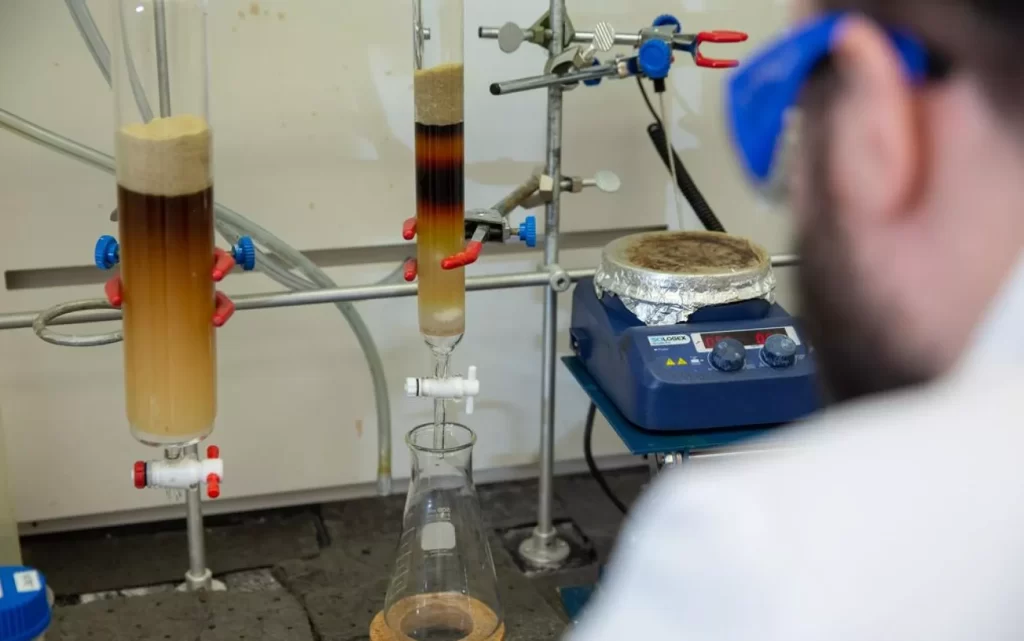
University of Cincinnati researchers have developed a new battery that holds promise for large-scale green energy storage. This is important as more cities, schools and hospitals move away from fossil fuel and toward wind and solar.
The battery, described in the journal Nature Communications, is different from traditional batteries that use a membrane separator to prevent short-circuiting. It doesn’t have a membrane separator and “uses a new type of energy storage material that improves performance at a lower cost,” says Associate Professor Jimmy Jiang.
A membrane separator is a type of polymeric membrane that is positioned between the positively charged anode and the negatively charged cathode, which helps prevent electrical short circuiting, according to Hollingsworth & Vose, a manufacturer of clean materials.
Not having a membrane separator can lower the cost dramatically, says chemistry postdoctoral researcher Rajeev Gautam. “Think about making a battery which has no membrane. It means you can actually reduce the cost by 30-40%.”
There are other batteries in development without membrane separators, but Gautam says they don’t generate as much power. This one can generate nearly 4 volts.
The UC battery is also safer, says Jiang. Traditional car batteries have a low threshold for electrochemical stability and that means they can blow up.
The UC scientists have submitted provisional patent applications. Gautam says it could be five or six years before the UC design is out on the market.